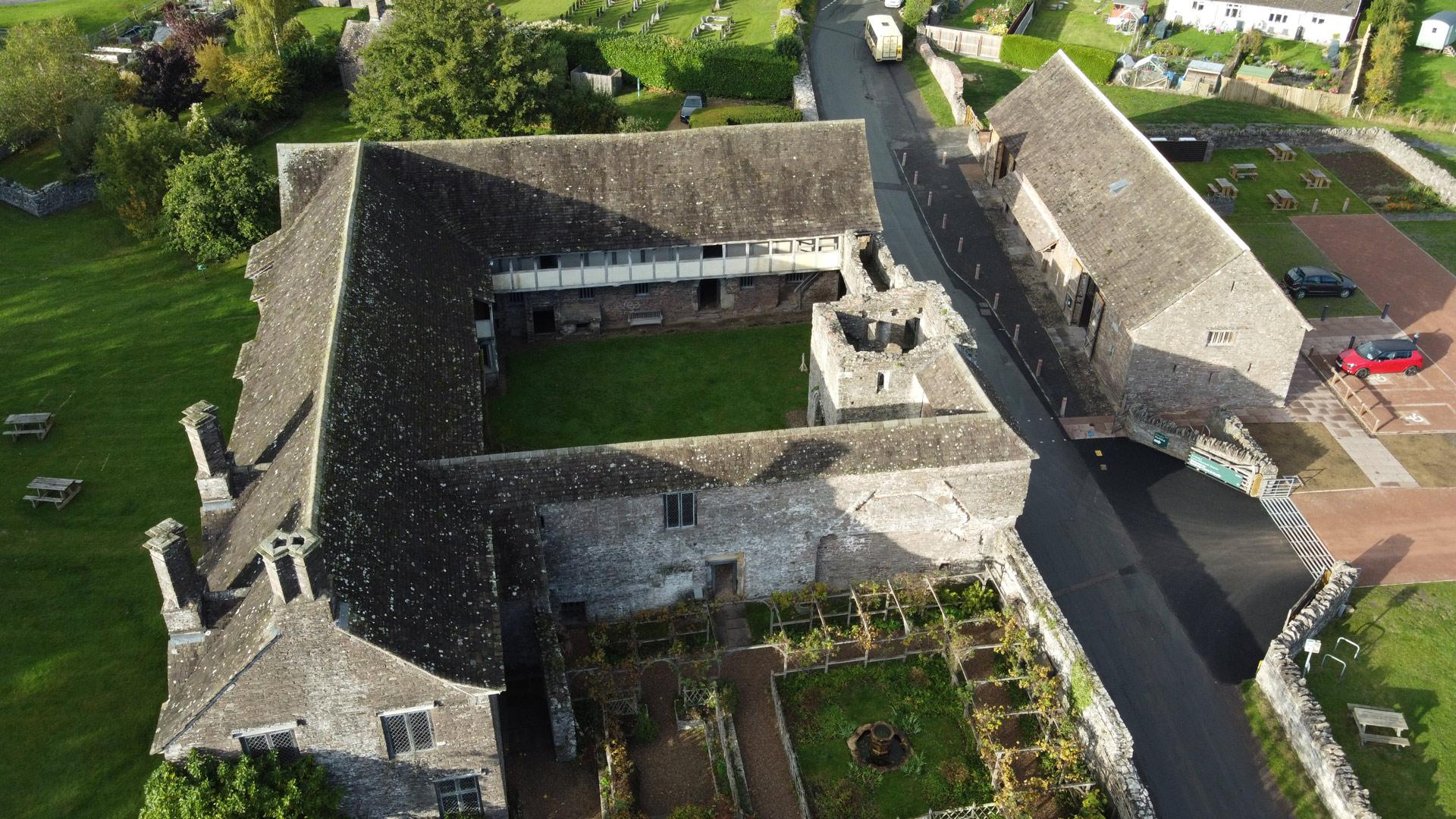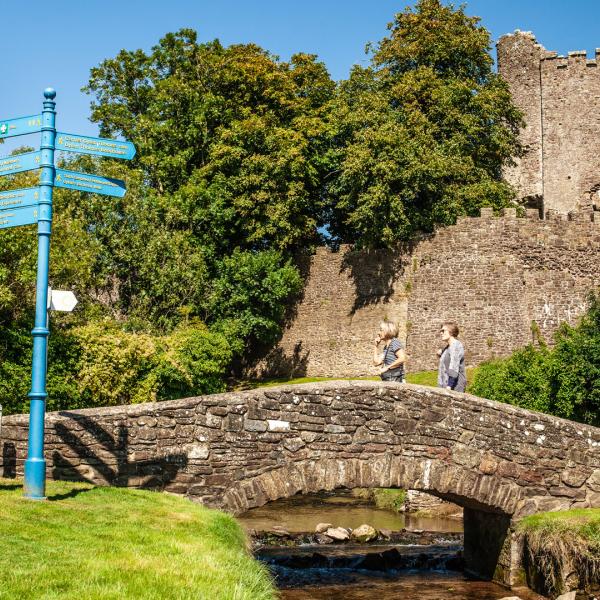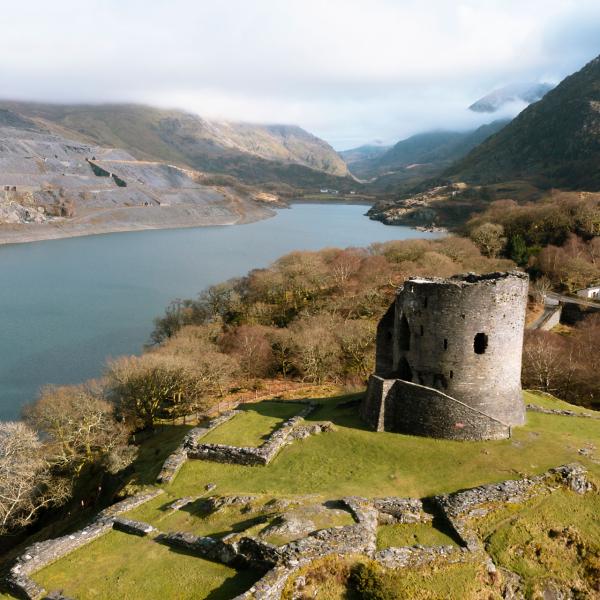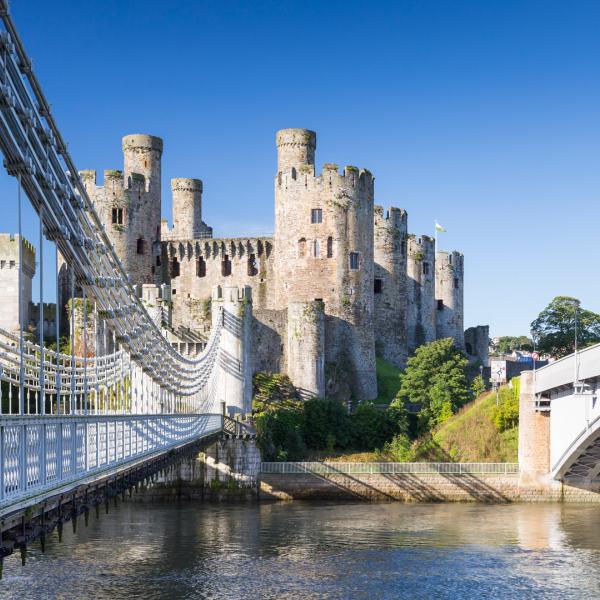Cadw Drone Policy
Drone operators are requested to ensure any flights over Cadw scheduled monuments are flown in accordance with the UK Drone CODE (CAA)
Operators are requested to check the Civil Aviation Authorities (CAA) UK Drone and Model Aircraft Code and follow their regulations for obtaining a flyers ID and completing the necessary CAA theory test before flying.
Cadw requests that any imagery of scheduled monuments in our care is used for personal use wherever possible and not published on third-party platforms. However, if there is an intention to publicly share such imagery or to use it for generating income or publicity that Cadw is informed or given the opportunity to purchase the content.
Although drone operators adhering to the UK Drone Code may fly over Cadw monuments drones cannot take off or land on private land without the landowner’s permission. It should be noted that Cadw does not currently allow recreational drones to take off or land on Cadw property. It is also the drone operator’s responsibility to check with an authoritative document such as the CAA’s to ensure that the area they are flying in doesn’t have any flight restrictions. There are very few CAA no drone fly zones in the airspace over Cadw monuments due to their proximity to critical infrastructure however this is subject to change and therefore it is best to check with the CAA.
Although most Drone Operators are responsible and safety conscious flights that are considered a nuisance or having caused a heritage crime or safety incident will be reported to the police, CAA or Welsh Government Central Safety Team as appropriate.
Examples include:
- Low, dangerous overpassing.
- Suspect Close Target Recces – (Repeated overpassing at different heights could be an indication).
- Striking the historic fabric of the scheduled monument (This is a Heritage Crime).
- Striking an individual, livestock or a working bird or animal on the site. This would be considered a safety incident and passed to the police or other relevant authorities to consider further action.
Drone operators are also requested to respect visitors on the sites and be considerate of the fact that many may be on the site to simply enjoy some peace and tranquillity, especially on some of the more remote unstaffed scheduled monuments.
Suspected Heritage Crime
If a drone crashes into the historic fabric of the scheduled monument this may be considered a heritage crime if it is suspected that the monument or its setting is damaged. To complete the required incident or heritage crime reports a note of the flyer and drone ID from any crashed drone may be taken. Cadw staff will only retain a drone if requested to do so by the police following a major incident.
Commercial Use
Drones being used for commercial and filming purposes where the drone operators require to take off and land on Cadw sites must complete a drone flying application form. This will ensure that the types of footage required can be obtained safely and in accordance with the risk assessment for the activity. Commercial flights may require a partial or full site closure but this would be the subject of discussions with the company concerned and Cadw’s safety and commercial teams.
Costs will be charged for any change to the site’s opening and closing hours, this will be included within the fees for commercial filming and use of Cadw imagery etc. All commercial drone operators will need to submit their public liability insurance (min. £5 million), method statement and supporting risk assessments in the same way that other contractors working on site must.
These will be processed and spot checked before flights can be authorised, it is therefore necessary to submit these early.
Drone Surveys commissioned by Cadw
As per commercial use, the authorisation of drone surveys will need to follow the same process of approval. Sites will usually need to be closed. All risk assessments and method statements will be checked before authorisation.
All drone operators working from Cadw sites must be easily recognisable, separating them from members of the public (where applicable) and always work within a safe area of work.
Find out more about the Safety and Security at Cadw monuments



